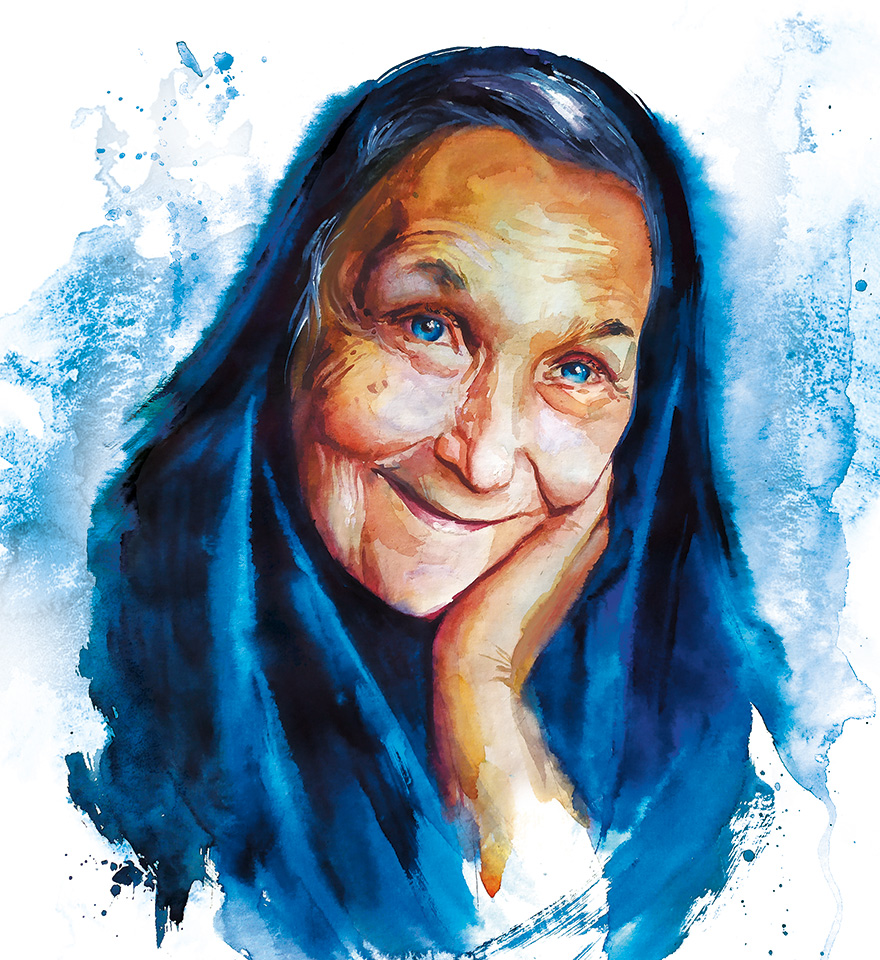MalyshevaNatalia
December 12, 1921, the Crimea, the USSR (now Ukraine) —
February 4, 2012, Moscow, Russia
Rocket engines
Natalia Malysheva became an engineer almost by accident. She dreamed of being a pilot but did not pass the medical exam; then she entered the Moscow Aviation Institute because she decided: “If not to fly airplanes, at least create them”. Studies were interrupted by the Second World War. Knowing German fluently, being able to shoot, swim, ski, and ride, she became a reconnaissance girl. After completing her military service, she returned to the Institute for the third year. Malysheva no longer dreamed of designing airplanes but rocket engines. When the specialization assignment began in her senior year, she applied to get into the group of future rocket engine designers. But she was refused. They say that the specialty is not for women, they choose only men. Such an answer could have upset and outraged but not stopped Malysheva. She wrote another application that she wanted to create engines for rockets because, since childhood, she was fond of one of the founders of rocket science, Konstantin Tsiolkovsky, and added: “And if you think that this is not a woman’s profession, I must remind you: during the war I did perfectly well with all the men’s duties”. That is how she achieved her goal. After graduation, she joined the team of rocket engine developers at the state Research Institute

In 1957, the scientific research institute began to develop the first spacecraft in which a man was to fly into space — “Vostok”. That was the name of both the spacecraft and the rocket that was to take it into orbit. The 4.4-meter-long spacecraft consisted of an instrument compartment and a launch vehicle.The spaceship was single-seater, and the launch vehicle, made in the shape of a balloon, had a volume of only 1.6 m³. That’s about
She was also one of the designers of the engines for the
For more than 35 years, Malysheva was engaged in engine development, proving that this occupation is quite feasible for women.Various studies show that in the 1960s, even in developed countries, the number of female engineers was about 1 %. In the following decades, the situation began to change, primarily thanks to women, who were not afraid to assert their right to choose the job they wanted to do freely. No wonder why Malysheva is surrounded exclusively by her male colleagues in photos from the design and testing departments.
After her retirement, Malysheva became a nun. Not all of her former colleagues understood her choice. But did other people’s opinions about who Malysheva should and shouldn’t ever stop her?